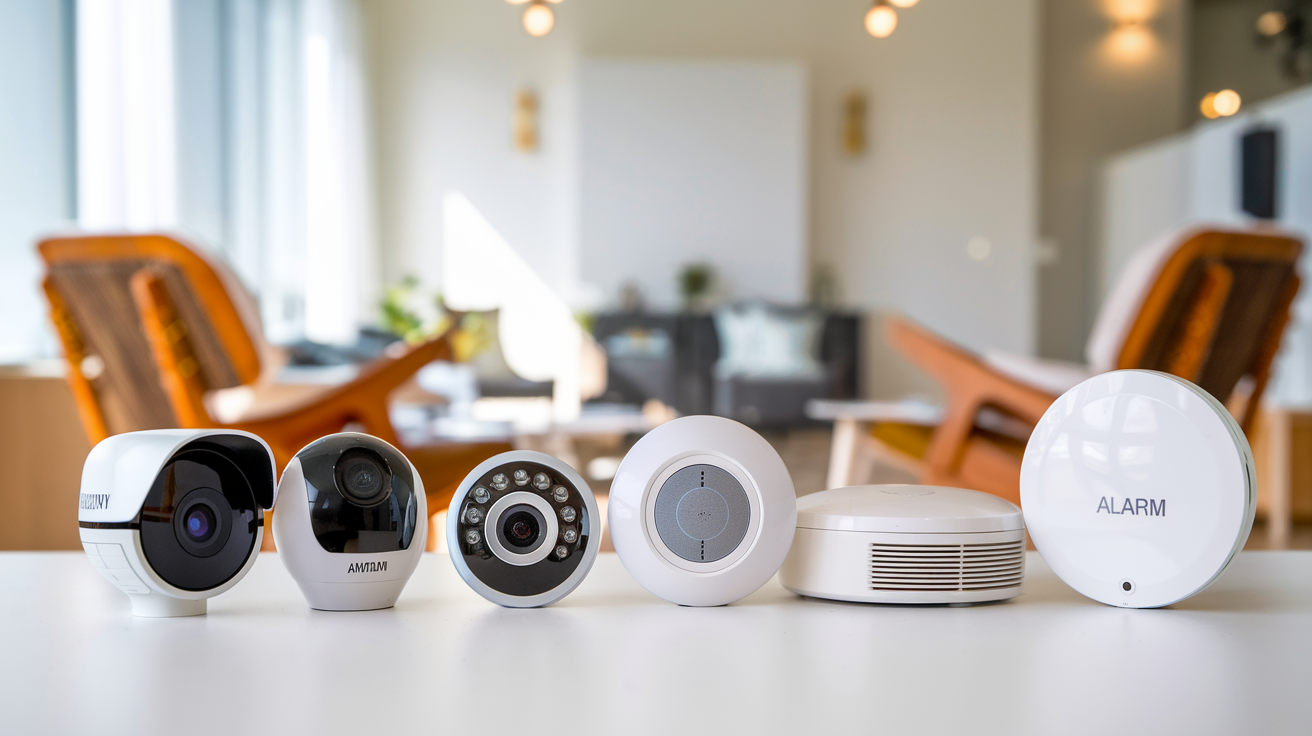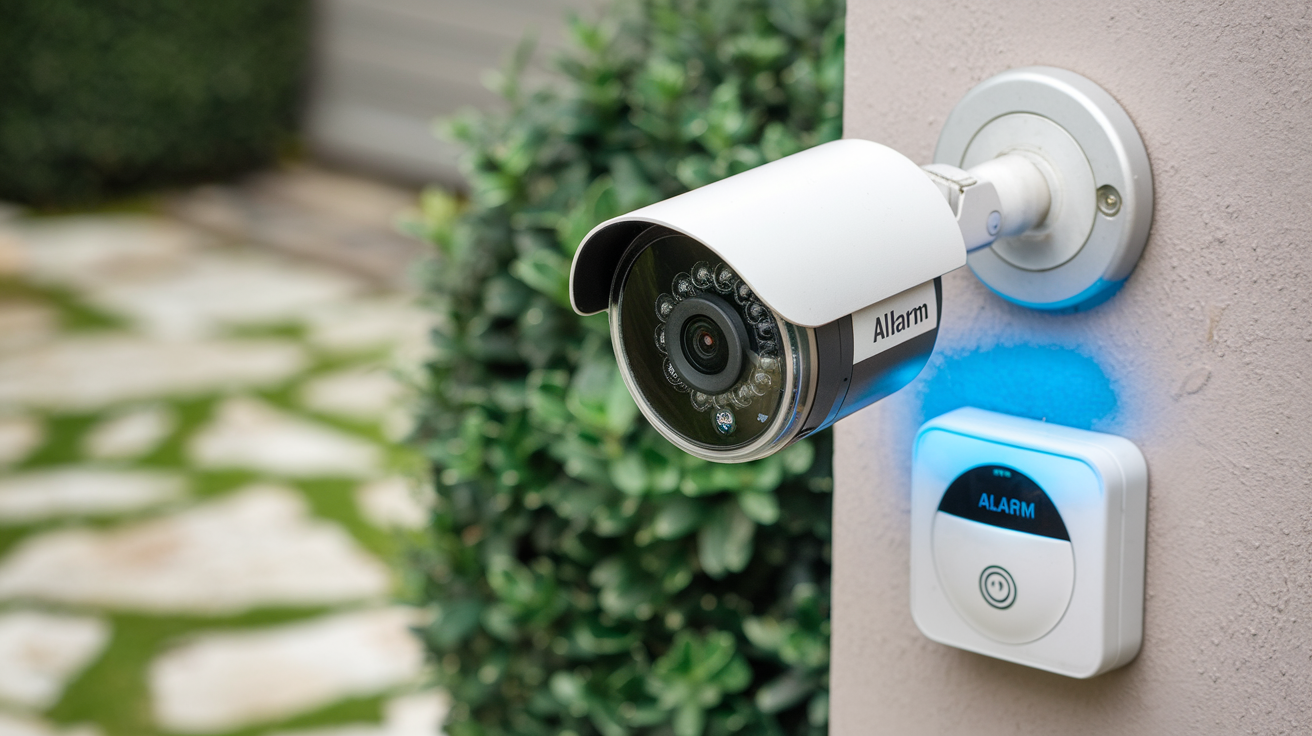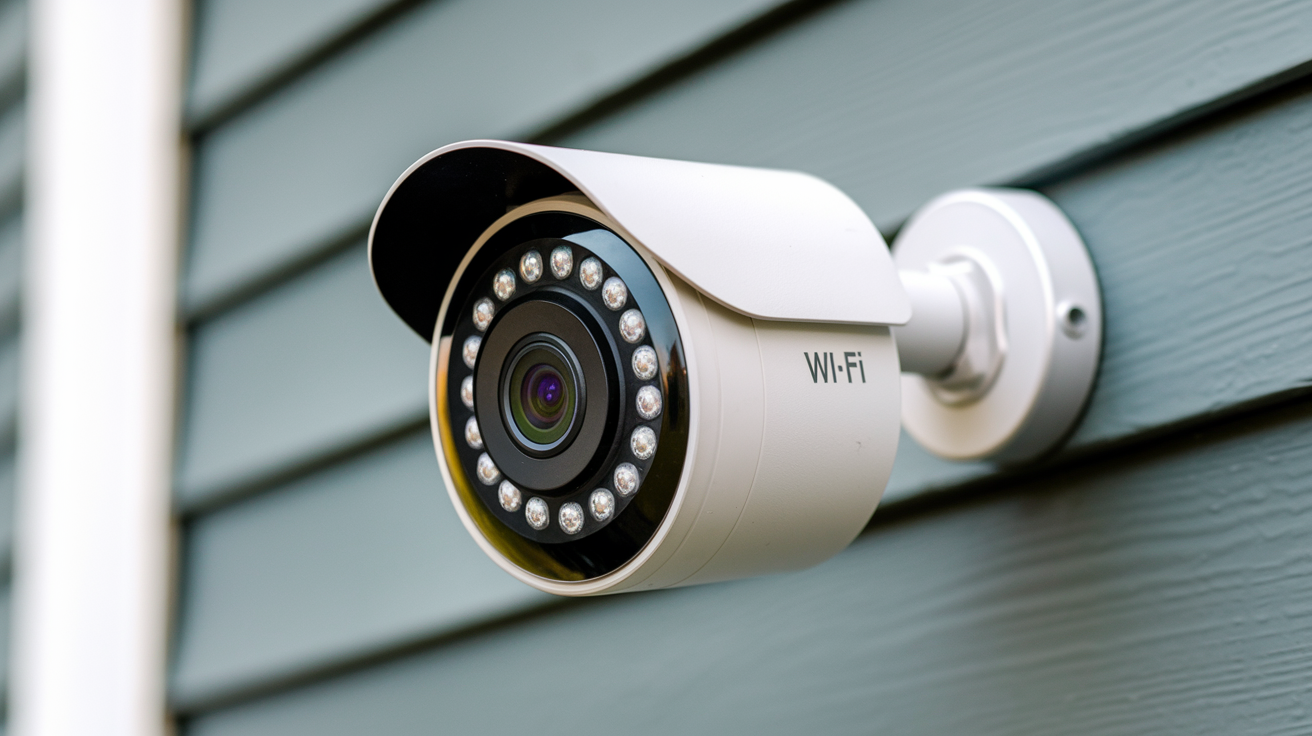Choosing the finest camera brand is a difficult chore given the many brands on the market nowadays. With better picture sensors, low light capture, focusing systems, and video capabilities, we can state that in the last several years the camera field has progressed significantly. Each individual has distinct tastes, of course; however, for a better knowledge of the decision, this article has listed some of the top brands and explained their benefits.
Canon
Canon has been one of the most dominant players in the Best Security Camera market for many years, and it has a vast range of products for beginners and professionals. Canon’s DSLR lenses are a major selling point for the company and are a major part of what has kept Canon relevant in the competitive consumer electronics market. It currently boasts over 80 compatible EF and EF-S lenses that cover vast focal lengths and speeds making it the first option for many photographers. The Canon DSLRs come with fast and accurate autofocus tracking modes a factor that is particularly meaningful when using higher-end L-series telephoto lenses. This makes them ideal for shooting, wildlife, and other action-type situations. They also turn out to be very efficient for shooting in High Definition and 4K. Some of these cameras include the EOS 5D Mark IV, EOS R5, and EOS R6 which are widely used for photography and videography. Some of the main benefits of Canon cameras include accurate color, consistent and stable image output, and a user-friendly menu system.
Nikon
Nikon is Canon’s main rival and also has an enormous line of praised DSLR and mirrorless cameras. Their systems boast high light sensitivity making them very efficient in low-light photography scenarios. For instance, the Nikon D850 DSLR and Nikon Z mirrorless series are famed for impressive dynamic range and noise management, particularly when capturing images at high ISOs. This makes Nikon cameras optimal for landscape, architectural, and night or low-light photography. Sports shooters also enjoy the 153-point AF system of Nikon if used in conjunction with telephoto NIKKOR lenses for quick shots. In the video department, Nikon has also improved in recent years with very well-equipped 4K and full-frame models. Other advantages that can be attributed to Nikon include a solid build and the general product being quite dependable.
Sony
The last couple of years have seen Sony revolutionize the camera market with its mirrorless cameras. They were pioneers of the compact system camera that featured a full-frame image sensor. The Sony Alpha’s series of mirrorless cameras not only produces fast and accurate autofocus but their continuous shooting speeds are also the fastest as of now making it perfect for action shots. They also possess a wider autofocus coverage and enhanced subject tracking modes for capturing moving objects. Sony cameras are also at the forefront when it comes to video specifications. Features such as 4K at 120fps slow motion that is offered in options like A7S III and A1 outcompete rivals. Another area where the Sony Exmor image sensors stand out is in the dynamic range. One disadvantage that used to be associated with Sony’s mirrorless system was the choice of lenses; now they have over 50 E-mount lenses for every type of photographer.
Fujifilm
Thus, FUJIFILM may not always provide some of the larger brands’ pure performance specs, but the X Series mirrorless system has gained an impressive position in the photography market. These APS-C sensor cameras are only compatible with Fujifilm’s X-Mount lenses exclusively. Unlike in the past where only a few lens options were available, one can now choose from 33 lenses. Fujifilm cameras have a retro design and have traditional manual control dials on the body. This makes them very appealing to photographers who enjoy the actual process of taking the picture. Image quality is also impressive as the Fujifilm X series uses X-Trans sensors and film simulation modes that result in vibrant colors and excellent tonal range. The XT3 and XT4 are hybrid models that excel in both stills and video, the X100V is a compact camera aimed at street photographers.
Panasonic
Although Panasonic is most renowned for its video-centric cameras, they do have quite attractive still photo-centric cameras under the Lumix brand. Body: Micro Four Thirds sensor cameras such as the GH5 became very popular mirrorless all-around cameras with great 4K video capabilities, stabilization, and autofocus. It was not until recently that Panasonic was able to leap full-frame mirrorless with the Lumix S1, S5, and S1R. These offer excellent resolution and high ISO capability alongside decent sustained shooting rates. There is also another aspect of Panasonic cameras; they are sturdy, withstand freezing temperatures, and are comfortable for ergonomic purposes. Although the lens system is still rather restricted when compared to Canon and Nikon, Panasonic’s L-Mount partnership with Leica and Sigma has boosted the range in recent years.
Olympus
Olympus is also another popular brand that is involved in the production of Micro Four Thirds mirrorless cameras. Although they recently let go of their camera division, current Olympus shooters stand by these smaller sensor cameras for their compact size, speed, and stabilization. Thus, the OM-D E-M1X model is transformed into a very useful hand-holdable camera for wildlife and action photography. Regarding the affordability factor, Olympus cameras are relatively cheaper than full-frame models while offering comparable performance and picture quality. Olympus cameras are also ideal for macro photographers since they offer a variety of macro lens accessories that are of very high quality. Although new models and lens development will stall in the future after the sale, there will be many Olympus shooters who will remain loyal customers.
Finally, when comparing the best camera brands one must admit that there are a lot of good manufacturers providing the equipment for different kinds of photographers and different prices. There is no clear-cut winner here, though unjustifiably the three giants Canon Nikon, and Sony have the most complete line of products from beginner to professional level. Nevertheless, there are excellent cameras under brands such as Fujifilm, Olympus, and Panasonic that may suit certain styles of photography better. Make your specific requirements for your photography and your goals to help you define a certain area in the field. Also, it gives some opportunity to have a closer look at the models and even test it for some time which can be very useful before buying the camera.
Protect your home today with ADT’s top-rated security solutions!
Call now at +1 877-470-7879 to get a free consultation and find out how you can secure your home with the best in the business. Don’t wait—ensure your peace of mind with ADT!





